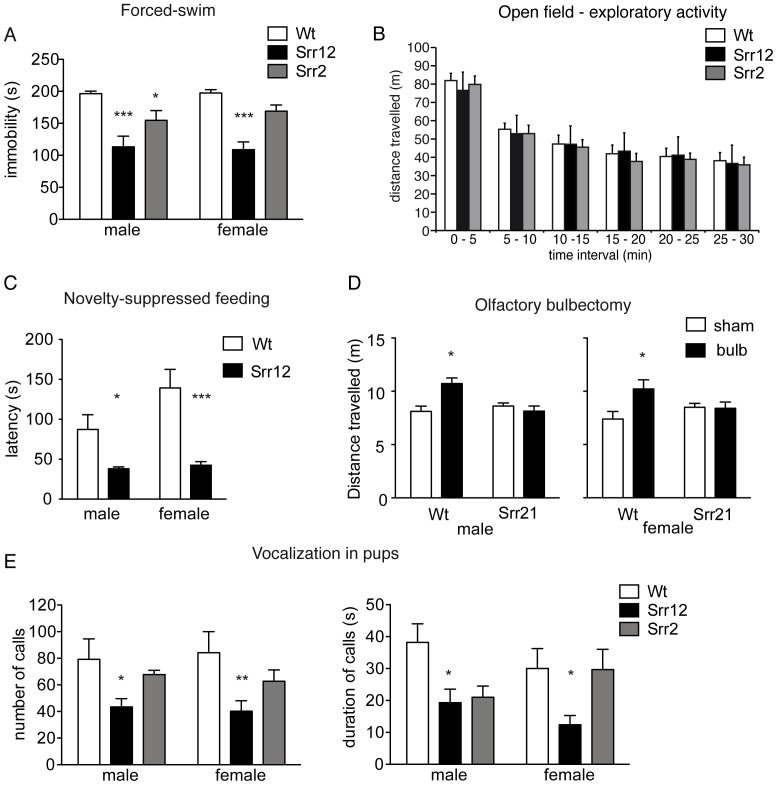Figure 3. Depression-related behavior in SrrTg mice.
(A) Forced-swim test. Immobility time, defined as a lack of activity aside from small movements needed to keep the body floating, was measured throughout the last 4 min of the session. (Wt: n = 21 (10 males, 11 females); Srr2: n = 17 (8 males, 9 females); Srr12: n = 24 (9 males, 15 females)). (B) Locomotor activity was recorded over a 30 min time period and expressed as distance traveled. (n = 15 per group). (C) Novelty suppressed feeding test. Srr12 mice displayed a significantly reduced latency to approach and eat food compared to Wt mice (Wt: n = 26 (14 males, 12 females); Srr12: n = 28 (15 males, 13 females)). (D) Horizontal (distance traveled) activity 2 weeks after surgery of sham-operated and bulbectomized SrrTg mice and their sham operated littermates in the open-field apparatus (Wt: female 16 (sham 10, bulb 6), male 18 (sham 14, bulb 4); Srr12: female 15 (sham 8, bulb 7), male 13 (sham 5, bulb 7). (E) Ultrasonic vocalization. Measurements of social isolation-induced ultrasonic vocalizations (USV) in SrrTg and Wt pups revealed a significant increase in Srr12 mice in number (left) and duration (right) of calls (Wt: n = 22 (12 males, 10 females); Srr2: n = 23 (9 males, 13 females); Srr12: n = 35 (20 males, 15 females)). All values are expressed as mean ±SEM. *p<0.05 and ***p<0.001.

